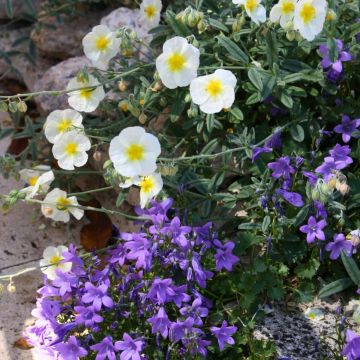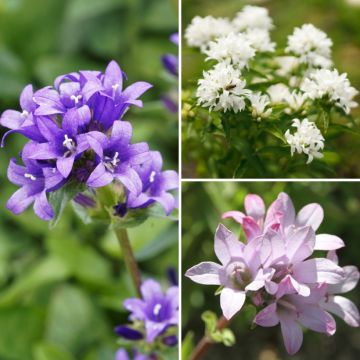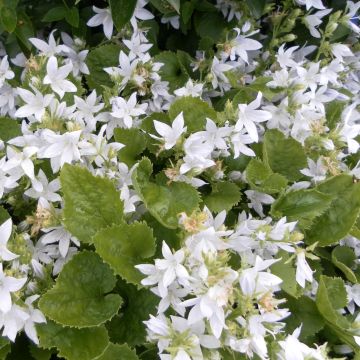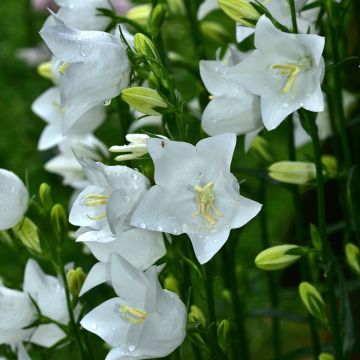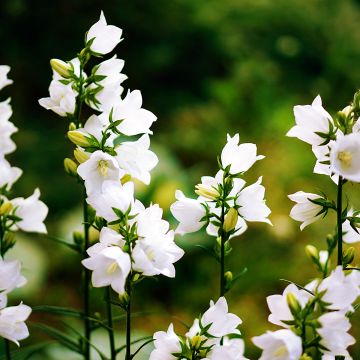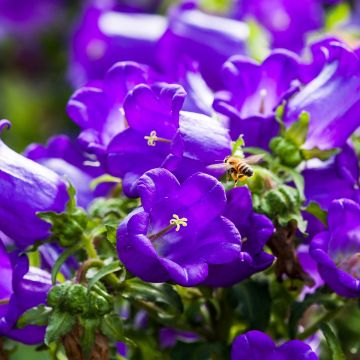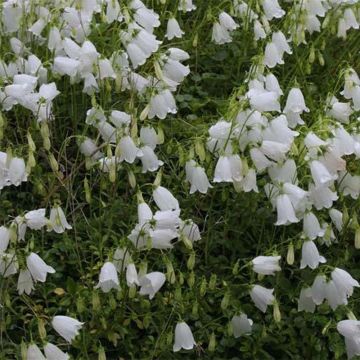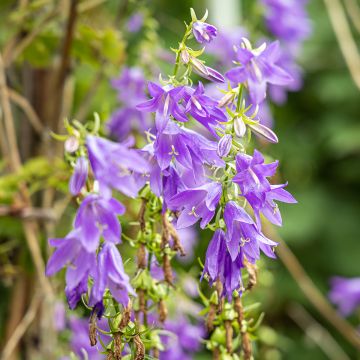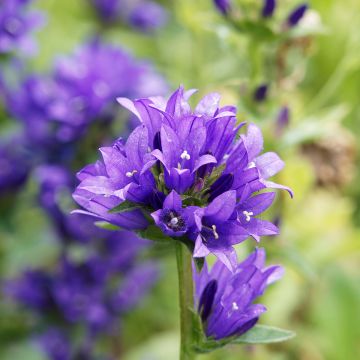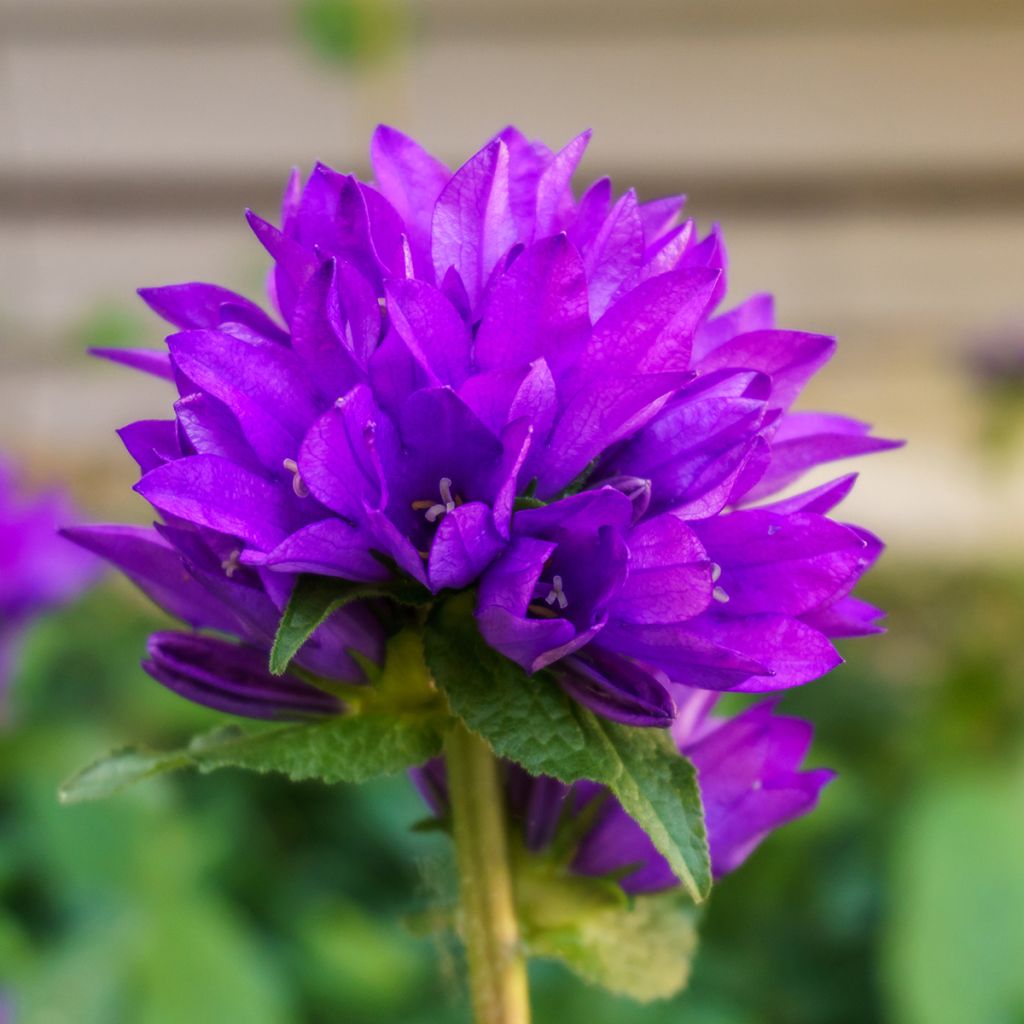

Campanula glomerata var. dahurica
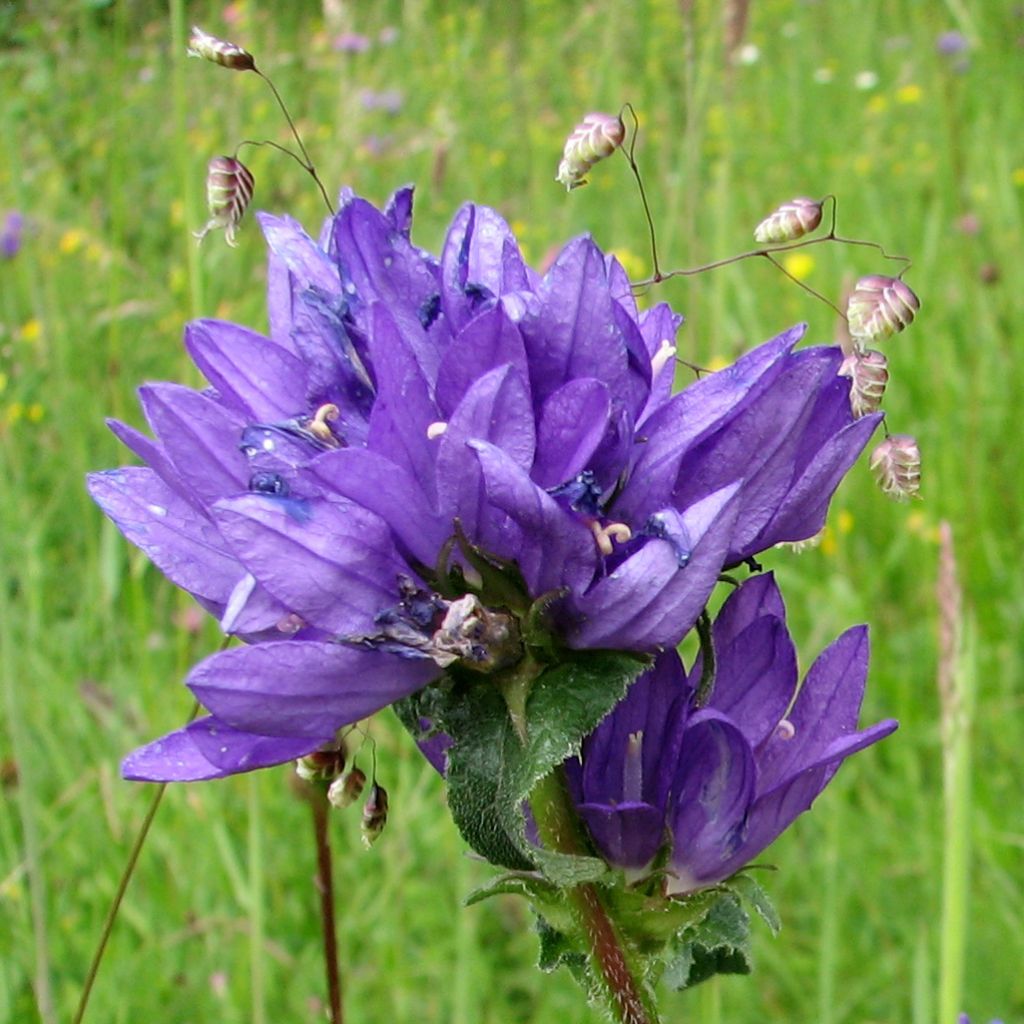

Campanula glomerata var. dahurica
Campanula glomerata var. dahurica
Campanula glomerata var. dahurica
Clustered Bellflower
It's perfect, no issues with any of my purchases.
J.P, 06/10/2024
Special offer!
Receive a €20 voucher for any order over €90 (excluding delivery costs, credit notes, and plastic-free options)!
1- Add your favorite plants to your cart.
2- Once you have reached €90, confirm your order (you can even choose the delivery date!).
3- As soon as your order is shipped, you will receive an email containing your voucher code, valid for 3 months (90 days).
Your voucher is unique and can only be used once, for any order with a minimum value of €20, excluding delivery costs.
Can be combined with other current offers, non-divisible and non-refundable.
Home or relay delivery (depending on size and destination)
Schedule delivery date,
and select date in basket
This plant carries a 12 months recovery warranty
More information
We guarantee the quality of our plants for a full growing cycle, and will replace at our expense any plant that fails to recover under normal climatic and planting conditions.

Would this plant suit my garden?
Set up your Plantfit profile →
Description
Campanula glomerata var dahurica is a beautiful form of clustered bellflower, recognizable by its slender flower stems and intensely violet flowers grouped in very compact clusters emerging in late spring, well above a loose foliage clump. It is a very hardy and robust, rhizomatous perennial which will spread over time in cool and sunny areas of the garden, in light soil. Its rather wild appearance and its spectacular colour, close to indigo, make it a refined bellflower. Use its flowers in pretty country bouquets.
Campanula glomerata var. dahurica belongs to the family of bellflowers. It is a subspecies of clustered bellflower endemic to Dahuria, a mountainous region located east of Lake Baikal, Russia. Campanula glomerata, on the other hand, is native to all of Europe, with the exception of the north, Turkey, and temperate Asia. This plant has a very good hardiness. In the wild, it grows in rock crevices and high mountain scree, as well as in heathland, meadows, and lowland woods, on limestone soil. This Dahurica subspecies forms a bushy and spreading somewhat loose clump, composed of erect and stiff stems, reaching 60 cm (24in) high when flowering. It spreads through its rhizomes and can cover large areas of over 1 m (3ft) in circumference. The stems will produce clusters of single tubular bell-shaped flowers which are widely open, 2 to 3 cm (1in) long and an intense violet colour. The foliage is carried by solid and full hairy stems. The lower leaves are petiolate, oval-oblong, heart-shaped, and hairy, the leaves on the stems are dark green, sessile (without petiole), with a scalloped edge and measure 5 to 10 cm (2 to 4in) long. The above-ground vegetation is deciduous: it emerges from the ground in spring and disappears each winter.
Bellflowers are interesting for their long flowering and ease of cultivation. Place them in a cool corner of the garden and they will spread over the years. The 'Dahurica' variety thrives in sunny perennial borders where the strong colour of the flowers comes into its own. Create a small country scene by combining it with Oriental poppies, daisies, and perennial salvias, for example. It enhances bouquets of roses, peonies, irises, and lilacs. Butterflies also love it. If it disappears due to drought, it reappears with the rain.
Report an error about the product description
Campanula glomerata var. dahurica in pictures
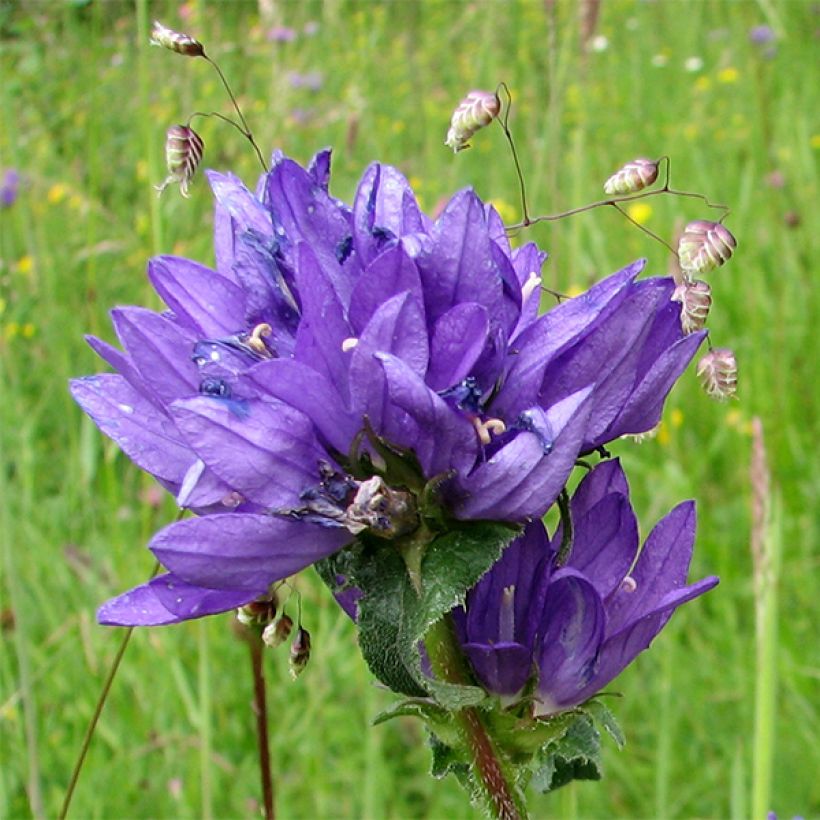

Flowering
Foliage
Plant habit
Botanical data
Campanula
glomerata
var. dahurica
Campanulaceae
Clustered Bellflower
Cultivar or hybrid
Other Campanula - Bell Flower
View all →Planting and care
Easy to grow in any light, well-drained, not too dry soil, in full sun or partial shade. This campanula tolerates limestone well and is very resistant to cold. Cut back the stems after flowering to encourage a second flowering and prevent self-seeding. Beware of slugs and snails in gardens and aphids and spider mites in greenhouses. Campanula can be prone to mildew in humid weather but treatment is rarely necessary.
Planting period
Intended location
Care
-
, onOrder confirmed
Reply from on Promesse de fleurs
Haven't found what you were looking for?
Hardiness is the lowest winter temperature a plant can endure without suffering serious damage or even dying. However, hardiness is affected by location (a sheltered area, such as a patio), protection (winter cover) and soil type (hardiness is improved by well-drained soil).

Photo Sharing Terms & Conditions
In order to encourage gardeners to interact and share their experiences, Promesse de fleurs offers various media enabling content to be uploaded onto its Site - in particular via the ‘Photo sharing’ module.
The User agrees to refrain from:
- Posting any content that is illegal, prejudicial, insulting, racist, inciteful to hatred, revisionist, contrary to public decency, that infringes on privacy or on the privacy rights of third parties, in particular the publicity rights of persons and goods, intellectual property rights, or the right to privacy.
- Submitting content on behalf of a third party;
- Impersonate the identity of a third party and/or publish any personal information about a third party;
In general, the User undertakes to refrain from any unethical behaviour.
All Content (in particular text, comments, files, images, photos, videos, creative works, etc.), which may be subject to property or intellectual property rights, image or other private rights, shall remain the property of the User, subject to the limited rights granted by the terms of the licence granted by Promesse de fleurs as stated below. Users are at liberty to publish or not to publish such Content on the Site, notably via the ‘Photo Sharing’ facility, and accept that this Content shall be made public and freely accessible, notably on the Internet.
Users further acknowledge, undertake to have ,and guarantee that they hold all necessary rights and permissions to publish such material on the Site, in particular with regard to the legislation in force pertaining to any privacy, property, intellectual property, image, or contractual rights, or rights of any other nature. By publishing such Content on the Site, Users acknowledge accepting full liability as publishers of the Content within the meaning of the law, and grant Promesse de fleurs, free of charge, an inclusive, worldwide licence for the said Content for the entire duration of its publication, including all reproduction, representation, up/downloading, displaying, performing, transmission, and storage rights.
Users also grant permission for their name to be linked to the Content and accept that this link may not always be made available.
By engaging in posting material, Users consent to their Content becoming automatically accessible on the Internet, in particular on other sites and/or blogs and/or web pages of the Promesse de fleurs site, including in particular social pages and the Promesse de fleurs catalogue.
Users may secure the removal of entrusted content free of charge by issuing a simple request via our contact form.
The flowering period indicated on our website applies to countries and regions located in USDA zone 8 (France, the United Kingdom, Ireland, the Netherlands, etc.)
It will vary according to where you live:
- In zones 9 to 10 (Italy, Spain, Greece, etc.), flowering will occur about 2 to 4 weeks earlier.
- In zones 6 to 7 (Germany, Poland, Slovenia, and lower mountainous regions), flowering will be delayed by 2 to 3 weeks.
- In zone 5 (Central Europe, Scandinavia), blooming will be delayed by 3 to 5 weeks.
In temperate climates, pruning of spring-flowering shrubs (forsythia, spireas, etc.) should be done just after flowering.
Pruning of summer-flowering shrubs (Indian Lilac, Perovskia, etc.) can be done in winter or spring.
In cold regions as well as with frost-sensitive plants, avoid pruning too early when severe frosts may still occur.
The planting period indicated on our website applies to countries and regions located in USDA zone 8 (France, United Kingdom, Ireland, Netherlands).
It will vary according to where you live:
- In Mediterranean zones (Marseille, Madrid, Milan, etc.), autumn and winter are the best planting periods.
- In continental zones (Strasbourg, Munich, Vienna, etc.), delay planting by 2 to 3 weeks in spring and bring it forward by 2 to 4 weeks in autumn.
- In mountainous regions (the Alps, Pyrenees, Carpathians, etc.), it is best to plant in late spring (May-June) or late summer (August-September).
The harvesting period indicated on our website applies to countries and regions in USDA zone 8 (France, England, Ireland, the Netherlands).
In colder areas (Scandinavia, Poland, Austria...) fruit and vegetable harvests are likely to be delayed by 3-4 weeks.
In warmer areas (Italy, Spain, Greece, etc.), harvesting will probably take place earlier, depending on weather conditions.
The sowing periods indicated on our website apply to countries and regions within USDA Zone 8 (France, UK, Ireland, Netherlands).
In colder areas (Scandinavia, Poland, Austria...), delay any outdoor sowing by 3-4 weeks, or sow under glass.
In warmer climes (Italy, Spain, Greece, etc.), bring outdoor sowing forward by a few weeks.






























